The application for PGI status and the introduction of a grass-fed standard is still causing confusion on the ground.
Unveiling the two different standards at the same time was unfortunate timing. While the exclusion of bulls has been the main talking point, the fact that farmers haven’t been consulted has spurred some criticism of what should be a positive for Irish beef. This week, Bord Bia have moved to include under 16 month bulls in the grass-fed, standard if they meet the eligibility criteria. Many have seen this as a positive move.
Questions remain as to how these eligibility criteria are validated and some within the industry have questioned how this validation process will stand up.
It has fired up a range of different opinions among farm organisations as to what’s in and what’s out. All are adamant that it shouldn’t become a processor premium and marketing tool for the multiples and that there should be a clearly defined premium payment made to the farmer.
A Scottish Perspective – John Sleigh, Farmers Journal Scotland Editor
What is PGI?
The Scottish PGI is a European Protected Geographic Indictor, which means that there is a set of standards that must be adhered to throughout the assured food chain.
The European Union has to give accreditation and will inspect your standards to ensure you are doing what you say. It’s been in operation since 1996. It was developed through the Scotch Quality Beef and Lamb Association (SQBLA), which was the previous incarnation to QMS.
Note that Scotch is the registered PGI, as opposed to Scottish. Scotch means whole-life farm assured, while Scottish means it comes from Scotland. It was a clever move to get the word Scotch into the PGI, which helped the entire Scotland brand.
What are the criteria for the
Scotch PGI status?
Farms must be inspected every 12 months to ensure they are adhering to the assurance standards. Abattoirs, marts, haulage, feed companies and meat wholesalers must also be assured and inspected to ensure they adhere to the same standards. To gain the Scotch PGI status, the meat must be:
Over 12 months of age. Under 48 months, if a steer or a heifer.Under 16 months, if a young, beef-bred suckler bull. Under 16 months, if a young dairy-bred bull (meat for mincing, reforming and dicing only). No cow beef is permitted under the label. Carcases must have been classified 2, 3, 4L, 4H or 5L for fatness and E, U, R or O+ for conformation. The vast majority of beef produced in Scotland gets the Scotch brand and this is the price that is quoted. Abattoirs would assume it is a Scotch eligible animal when quoting prices.
Scotch means whole-life farm assured, while Scottish means it comes from Scotland. It was a clever move to get the word Scotch into the PGI, which helped the entire Scotland brand
If the animal is not Scotch, it would be paid at the English price, which typically runs between 5p-20p below the Scotch price. There is little outlook on what the status means to supermarkets in terms of premium, but if you speak to wholesalers for steaks or roasts, they will say there is an Irish, GB and Scotch price in ascending order.
Positives of PGI status
Ability to draw down significant amounts of money to promote PGI products from the EU.The brand has been picked up heavily by Aldi and Lidl and is used in a lot of beef packaging in Scotland and the UK.Gives farmers a label/brand to rally behind in campaigns.Gives a strong assurance standard when establishing premium export markets.We are told by QMS it has a recognition rate of over 90% and does very well as a brand in London. It keeps our processing capacity based in Scotland, as very few finished cattle head to England or they lose the PGI status.Negatives of PGI status
Scottish beef always attracted a premium before PGI status was attained. We are working off 75% beef genetics in our herd and we have a strong cattle history with Aberdeen Angus, Shorthorn and Highland. Farmers feel production costs are higher here, so they need more for their product. We eat over 20kg of beef each in Scotland, while England would be around 15kg.Inspections and assurance standards are a contentious point – there is an attitude that standards have to be above Red Tractor to justify asking for a premium over English beef. Additional record keeping is required, but the vast majority of inspections get a pass.To be assured, it costs between £50-£320 per herd depending on the size. The Scotch beef PGI is constantly in a balancing act between setting standards that are important for consumers and retailers, while ensuring that the majority of farmers feel they are achievable.
What the farm organisations say
ICSA

ICSA beef chair Edmund Graham. \ Dave Ruffles
ICSA beef chair Edmund Graham said: “I agree with the idea, but any premium must go back to the farmer – it can’t be hoovered up by the factories. It’s my understanding that 70% of Irish-finished cattle will hit the spec – it’s hard to see the factories paying a premium on that many cattle. They struggle to pay traditional breed bonuses in times of high supply.
Graham said that any PGI application should focus on suckler beef: “We already know the power of the suckler brand, why not capitalise on that more and protect our suckler farmers?” On the inclusion of bulls, Graham said: “The inclusion of bulls is common sense. The idea that a 10-year-old dairy cow would hit the spec and a 14-month Aberdeen Angus bull wouldn’t is a joke and just doesn’t stack up.”
ICMSA
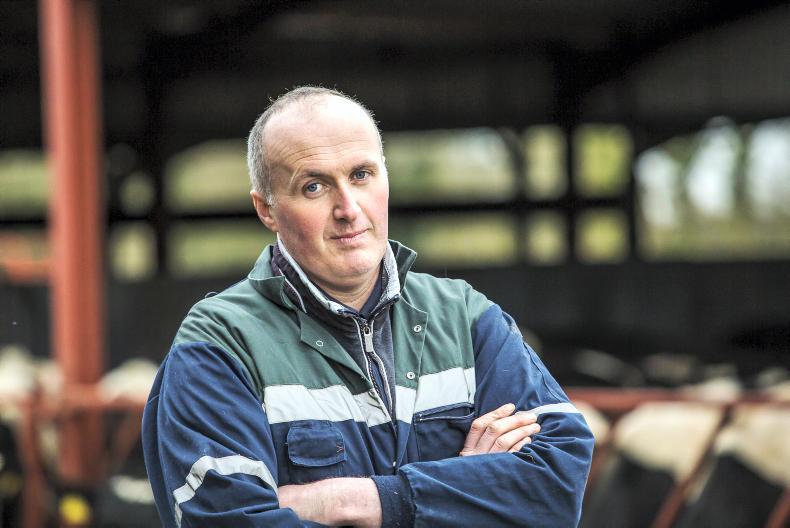
ICMSA president Pat McCormack. \Philip Doyle
ICMSA president Pat McCormack said: “The Irish beef sector has the opportunity to get PGI status on over 70% of the beef we produce, based on the fact that it is a grass-based unique product.”
“ICMSA’s opinion is that, as a sector, we would be very foolish not to grasp this opportunity, given that it also provides a greater level of protection under trade agreements. We are going to have to factor in a potential Mercusor agreement down the line and we have to look at every opportunity to protect our primary beef producers.
“In addition, while nobody can give any guarantees, an increased market price should flow back from some markets and we really have to look at every way of improving farmer beef prices.”
IFA

President of the IFA Tim Cullinan. / Philip Doyle
IFA president Tim Cullinan said IFA met with Tara McCarthy and the Bord Bia team over the last few weeks, to try and sort out some of the issues around the grass-fed proposal: “We made it very clear that there needs to be more consultation with farmers and much more clarity around many aspects of the proposals.”
Cullinan said young bulls needed to be treated the same as any other category of animals and measured against the same criteria: “Making young bulls ineligible before they are even assessed against the criteria wasn’t right.” He said IFA also sought clarification on a number of other aspects of the grass-fed proposal, including how the exclusion of the first nine months of the animal’s life would be operated in practice.
On the PGI proposals, Cullinan said: “The approach to PGI needs a more fundamental rethink. There are key issues around ownership and guarantees that price premiums paid back to farmers that have to be sorted out.”
The application for PGI status and the introduction of a grass-fed standard is still causing confusion on the ground.
Unveiling the two different standards at the same time was unfortunate timing. While the exclusion of bulls has been the main talking point, the fact that farmers haven’t been consulted has spurred some criticism of what should be a positive for Irish beef. This week, Bord Bia have moved to include under 16 month bulls in the grass-fed, standard if they meet the eligibility criteria. Many have seen this as a positive move.
Questions remain as to how these eligibility criteria are validated and some within the industry have questioned how this validation process will stand up.
It has fired up a range of different opinions among farm organisations as to what’s in and what’s out. All are adamant that it shouldn’t become a processor premium and marketing tool for the multiples and that there should be a clearly defined premium payment made to the farmer.
A Scottish Perspective – John Sleigh, Farmers Journal Scotland Editor
What is PGI?
The Scottish PGI is a European Protected Geographic Indictor, which means that there is a set of standards that must be adhered to throughout the assured food chain.
The European Union has to give accreditation and will inspect your standards to ensure you are doing what you say. It’s been in operation since 1996. It was developed through the Scotch Quality Beef and Lamb Association (SQBLA), which was the previous incarnation to QMS.
Note that Scotch is the registered PGI, as opposed to Scottish. Scotch means whole-life farm assured, while Scottish means it comes from Scotland. It was a clever move to get the word Scotch into the PGI, which helped the entire Scotland brand.
What are the criteria for the
Scotch PGI status?
Farms must be inspected every 12 months to ensure they are adhering to the assurance standards. Abattoirs, marts, haulage, feed companies and meat wholesalers must also be assured and inspected to ensure they adhere to the same standards. To gain the Scotch PGI status, the meat must be:
Over 12 months of age. Under 48 months, if a steer or a heifer.Under 16 months, if a young, beef-bred suckler bull. Under 16 months, if a young dairy-bred bull (meat for mincing, reforming and dicing only). No cow beef is permitted under the label. Carcases must have been classified 2, 3, 4L, 4H or 5L for fatness and E, U, R or O+ for conformation. The vast majority of beef produced in Scotland gets the Scotch brand and this is the price that is quoted. Abattoirs would assume it is a Scotch eligible animal when quoting prices.
Scotch means whole-life farm assured, while Scottish means it comes from Scotland. It was a clever move to get the word Scotch into the PGI, which helped the entire Scotland brand
If the animal is not Scotch, it would be paid at the English price, which typically runs between 5p-20p below the Scotch price. There is little outlook on what the status means to supermarkets in terms of premium, but if you speak to wholesalers for steaks or roasts, they will say there is an Irish, GB and Scotch price in ascending order.
Positives of PGI status
Ability to draw down significant amounts of money to promote PGI products from the EU.The brand has been picked up heavily by Aldi and Lidl and is used in a lot of beef packaging in Scotland and the UK.Gives farmers a label/brand to rally behind in campaigns.Gives a strong assurance standard when establishing premium export markets.We are told by QMS it has a recognition rate of over 90% and does very well as a brand in London. It keeps our processing capacity based in Scotland, as very few finished cattle head to England or they lose the PGI status.Negatives of PGI status
Scottish beef always attracted a premium before PGI status was attained. We are working off 75% beef genetics in our herd and we have a strong cattle history with Aberdeen Angus, Shorthorn and Highland. Farmers feel production costs are higher here, so they need more for their product. We eat over 20kg of beef each in Scotland, while England would be around 15kg.Inspections and assurance standards are a contentious point – there is an attitude that standards have to be above Red Tractor to justify asking for a premium over English beef. Additional record keeping is required, but the vast majority of inspections get a pass.To be assured, it costs between £50-£320 per herd depending on the size. The Scotch beef PGI is constantly in a balancing act between setting standards that are important for consumers and retailers, while ensuring that the majority of farmers feel they are achievable.
What the farm organisations say
ICSA

ICSA beef chair Edmund Graham. \ Dave Ruffles
ICSA beef chair Edmund Graham said: “I agree with the idea, but any premium must go back to the farmer – it can’t be hoovered up by the factories. It’s my understanding that 70% of Irish-finished cattle will hit the spec – it’s hard to see the factories paying a premium on that many cattle. They struggle to pay traditional breed bonuses in times of high supply.
Graham said that any PGI application should focus on suckler beef: “We already know the power of the suckler brand, why not capitalise on that more and protect our suckler farmers?” On the inclusion of bulls, Graham said: “The inclusion of bulls is common sense. The idea that a 10-year-old dairy cow would hit the spec and a 14-month Aberdeen Angus bull wouldn’t is a joke and just doesn’t stack up.”
ICMSA

ICMSA president Pat McCormack. \Philip Doyle
ICMSA president Pat McCormack said: “The Irish beef sector has the opportunity to get PGI status on over 70% of the beef we produce, based on the fact that it is a grass-based unique product.”
“ICMSA’s opinion is that, as a sector, we would be very foolish not to grasp this opportunity, given that it also provides a greater level of protection under trade agreements. We are going to have to factor in a potential Mercusor agreement down the line and we have to look at every opportunity to protect our primary beef producers.
“In addition, while nobody can give any guarantees, an increased market price should flow back from some markets and we really have to look at every way of improving farmer beef prices.”
IFA

President of the IFA Tim Cullinan. / Philip Doyle
IFA president Tim Cullinan said IFA met with Tara McCarthy and the Bord Bia team over the last few weeks, to try and sort out some of the issues around the grass-fed proposal: “We made it very clear that there needs to be more consultation with farmers and much more clarity around many aspects of the proposals.”
Cullinan said young bulls needed to be treated the same as any other category of animals and measured against the same criteria: “Making young bulls ineligible before they are even assessed against the criteria wasn’t right.” He said IFA also sought clarification on a number of other aspects of the grass-fed proposal, including how the exclusion of the first nine months of the animal’s life would be operated in practice.
On the PGI proposals, Cullinan said: “The approach to PGI needs a more fundamental rethink. There are key issues around ownership and guarantees that price premiums paid back to farmers that have to be sorted out.”










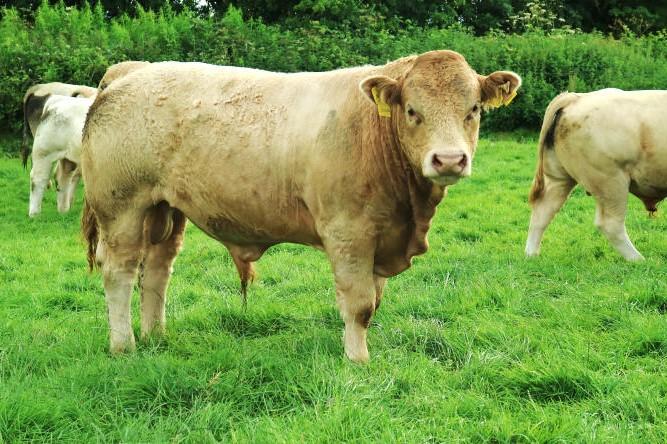
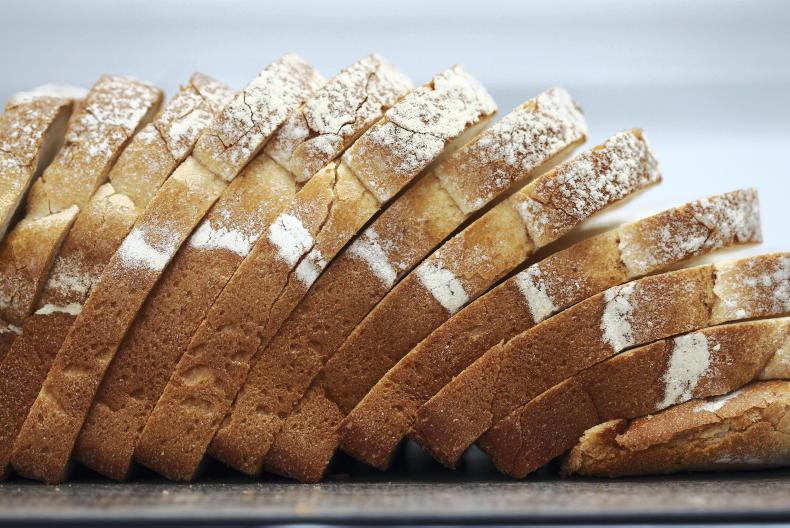
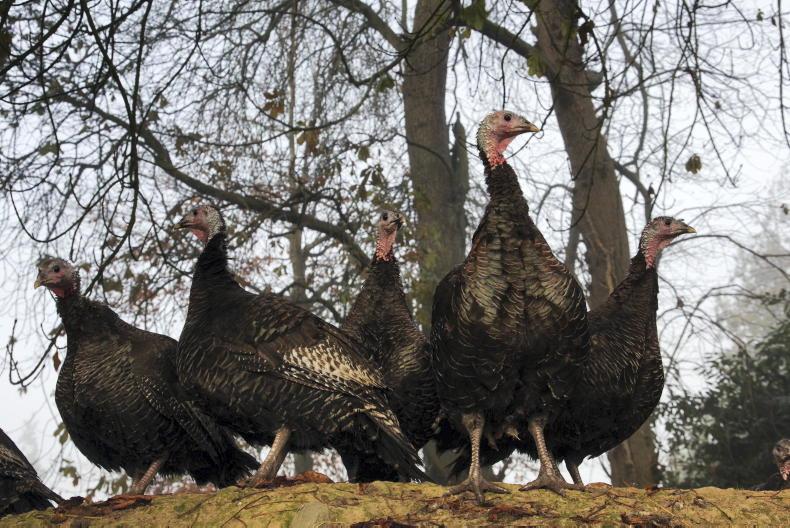
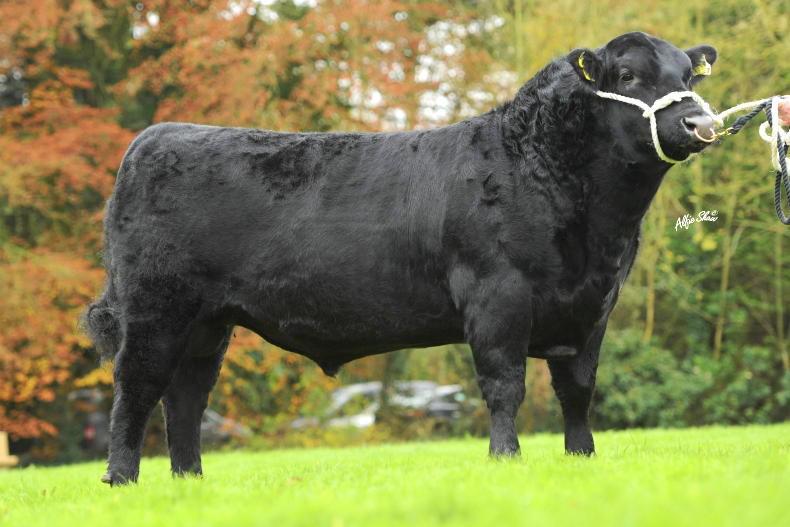
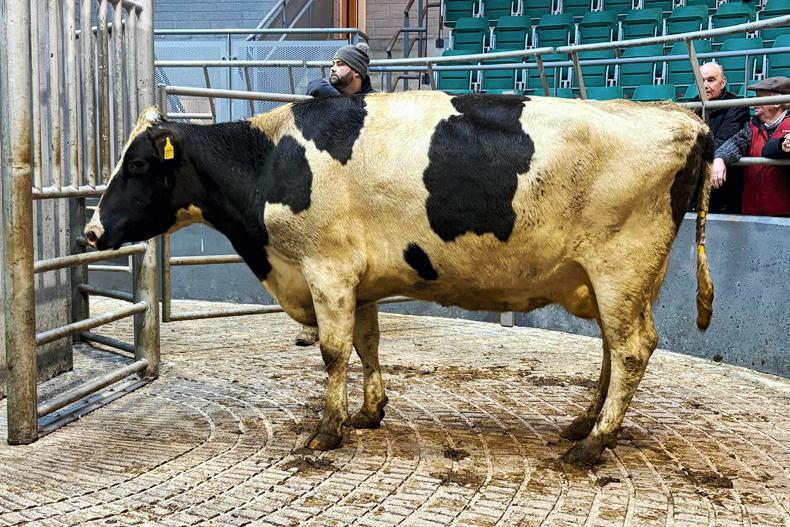
SHARING OPTIONS